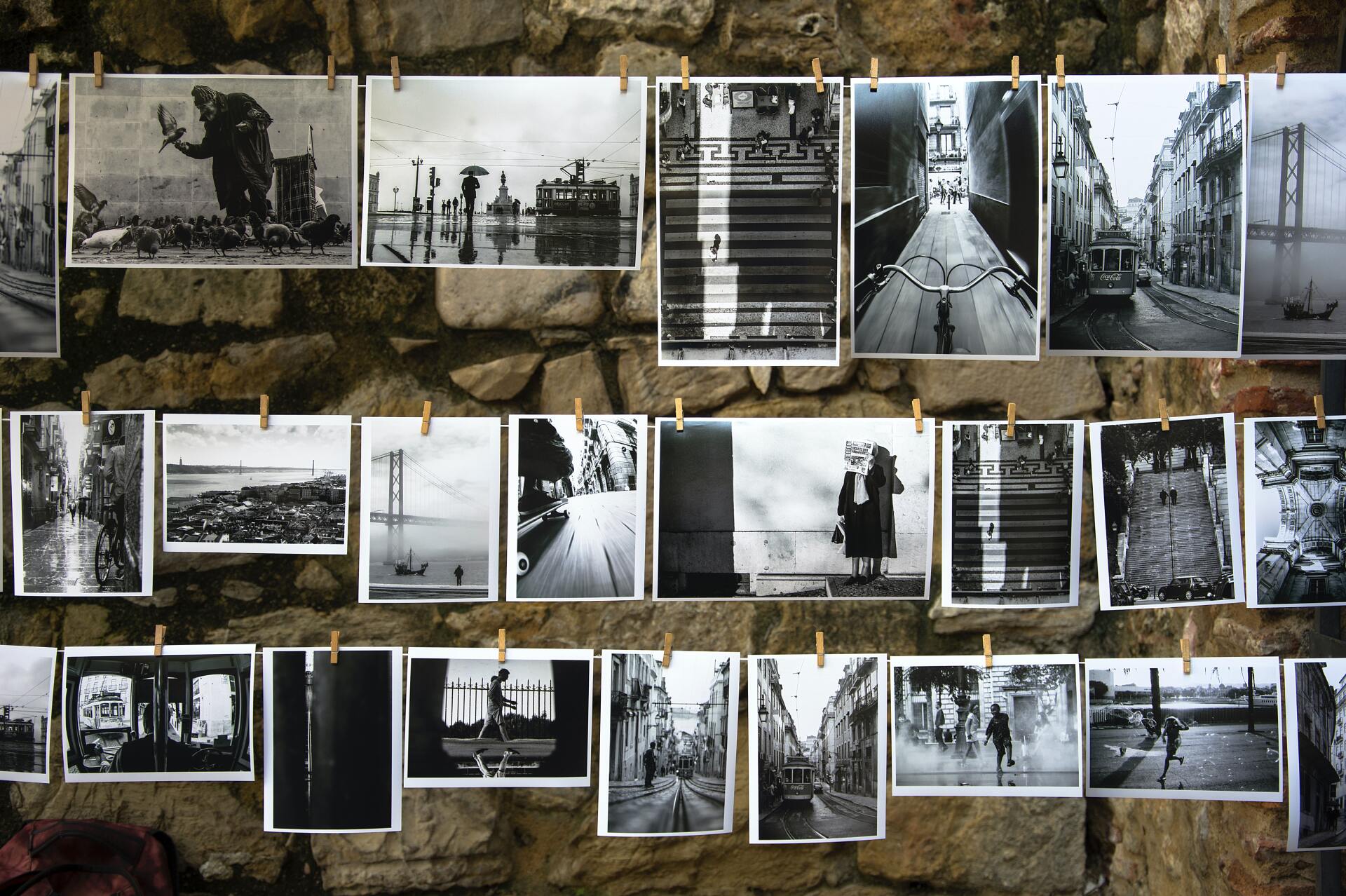All Blog Tags
Planning to Sell Your Photo Prints - Marketing, E-Commerce Options, Printing, and More
If you are a photographer in the 21st century, there’s a good chance that you’ve only ever seen your work on a screen. There’s an even better chance that admirers of your work have only seen your photographs on your Instagram account or maybe on your website. Don’t get the wrong idea, social media is a fantastic way to share your work and connect with photographers and photography lovers, but there will likely come a point when you want to push it to the next level.
This is where selling your photography prints starts. Selling prints is one of the hallmarks of a successful photographic career, but that doesn’t mean it’s exclusive to famous professional photographers. We’ve put together an accessible guide with everything you need to know to get started selling your photography prints.
Your Photography Prints for Sale Everywhere – Sell Them Online!
Selling your photography prints online allows you significant reach and exposure. You have the opportunity to sell around the world, if you choose. It can be very gratifying to know that your photo prints are appreciated around the globe.
Building your own e-commerce website is a popular choice for many photographers, and for good reason. Selling on your own website means you have full control over things like pricing, and unlike with most web-based marketplaces, you keep 100% of your profits. The downside to this is that you will be completely responsible for everything: printing, packing, and shipping. Additionally, it means you need to be technically savvy to set up your site and e-commerce components and manage it. If that doesn’t scare you, your own photography print e-commerce site might be the option for you!
If selling on your own website isn’t really for you, selling in an online marketplace like Etsy might be a better solution. An online marketplace is a great option if you don’t feel like you’ve got a huge following. These websites will often give you resources (like help with shipping labels) and make it easier for people who don’t know you to find your work. In exchange, they take a small cut of your profits.
Finally, there are print-on-demand marketplaces like Society6. These companies are the easiest and least hands-on to work with, but as a result they take the largest cut of your profits. All you do is provide a digital file, and they print and ship your product directly to the customer, no more work on your part. This way of selling has its benefits. Because products are printed on demand, you don’t need to keep a physical inventory the way you would with other methods, this is a very passive way of selling your prints that doesn’t require much work at all on your part. In exchange, you give up control and larger profit margins, so this isn’t for everyone.
Unsure of which way to go? Keep in mind that you don’t really have to choose! You can easily take one, two, or all three of these routes at the same time to maximize your customer base and increase profits.
Face-to-Face Photo Prints Sales
If you get the chance to sell your prints in person, go for it! Selling in person at art fairs and markets allows people to see the quality of your prints in person, and connect with you as a creator, too! Plus, it allows people who might never come across your work online to discover you and what you do.
How to Print Your Photography Prints
In order to sell prints, you’ve got to make prints, and that can be a daunting task.
If you’re shooting film and know how to, you can make darkroom prints. Because of the handmade nature of this process, these prints can be sold for much more than mass produced ones, even at small sizes. But this is far from your only option.
Nowadays, there are dozens of printing processes and hundreds of substrates available, so much so that the thought can be overwhelming. To keep things simple, first decide on if you want to print your products at home or outsource that work to a print shop. Printing at home requires an initial investment in the form of a printer, ink, and paper, but beyond that can be very cost-effective. However, most professional photographers do choose to outsource their printing. If this is what you’re interested in doing, start by researching the different photofinishing and photo printing services in your area. You want to find an online photo prints service that offers archival quality prints that won’t fade or discolour over time. Before you commit, you’ll want to order some test prints to look for quality of the prints.
Outsourcing your printing may be costly, but many places will offer a volume discount if you’re ordering lots of prints at once, so it’s worth inquiring about that.
Your Photography Prints: Sign Them? Number Them?
Oftentimes, photographic artists will sign and/or number their works, this is something you may want to consider doing.
When you sign a print, you are effectively announcing yourself as that print’s creator. Think of your signature as a certificate of authenticity for the print. Signing your prints can be a great way of making the print more personal – the person who will buy it will know that you’ve handled the print personally. This can have great value for fans of your work, both emotionally and monetarily; signed prints tend to sell for much more than their unsigned counterparts.
Numbered prints can be seen as a step up from signed prints. When you number your prints, you are making a promise to your buyers that you will never make more copies of that photograph, at least not in that size. This is what is called a limited edition print, as opposed to an open edition print, which doesn’t limit the quantity produced. This exclusivity means that you can sell your prints for more money than if they weren’t numbered. Numbering your prints can be a good idea, but make sure it’s a promise you plan on sticking to. If you decide to sign and/or number your prints, make sure to use an archival ink that won’t fade or discolour.
Ready to Start Selling Your Photo Prints?
If you’ve read this entire post, you are clearly ready to start selling your prints. So, why wait? Get started on your print selling journey! And, if you need any help along the way, the
photography experts at Annex Photo have extensive experience working through this process with photographers in the Toronto area.
Ready to Print Your Photos?
Share
Most Recent Posts








